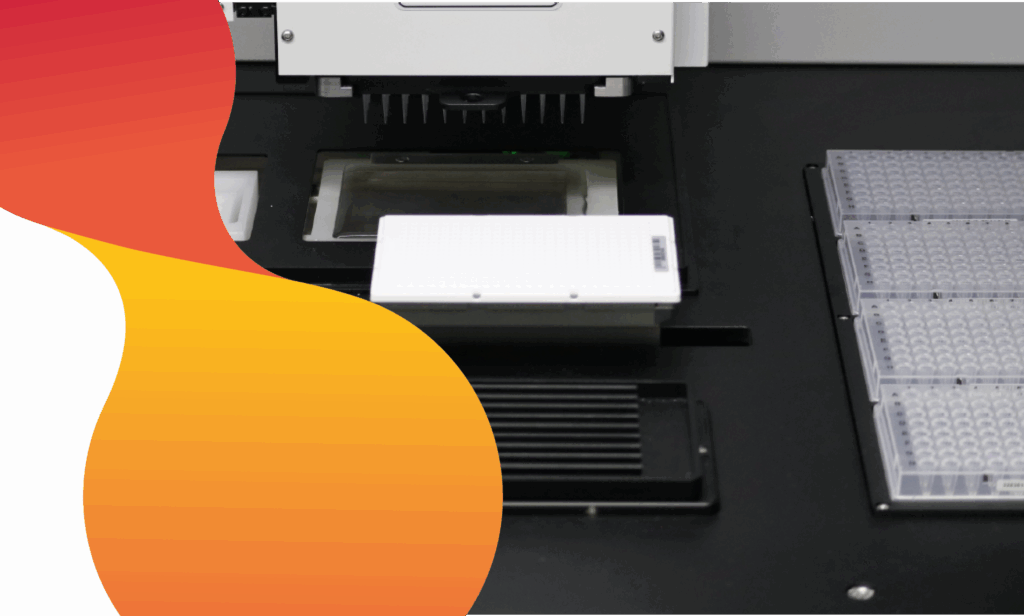Identifying Candidate Genes and Validating Markers for Anthracnose Resistance Through QTL Analysis and PACE PCR Genotyping.
In a study published last month in Frontiers in Plant Science, researchers from West Virginia State University and The Genetic Improvement for Fruits and Vegetables Laboratory, USDA successfully identified 20 genomic regions linked to anthracnose resistance and identified 24 potential SNP markers for disease resistance, all validated through PACE® Allele-specific PCR genotyping assays. The efficacy of these PACE assay markers holds substantial promise for marker-assisted selection in tomato improvement breeding programs, especially for anthracnose resistance.
Anthracnose, caused by the fungal pathogen Colletotrichum spp., is one of the most significant tomato diseases in the US and worldwide. Currently, no commercial cultivars with anthracnose resistance are available, which limits the potential for resistance breeding. Cultivars with genetic resistance could significantly reduce crop losses, decrease the need for fungicides, and mitigate risks associated with chemical application.
Efforts to transfer disease from landrace collections into elite materials have so far been unsuccessful due to its complex genetic inheritance. Moreover, little is known about anthracnose resistance Quantitative Trait Loci (QTLs) and genomic regions housing them, which has hindered the development of marker assays for high-throughput screening – until now.
Methods in More Detail
A recombinant inbred line (RIL) mapping population (N=243) was made by crossing a susceptible cultivar and a resistant but semiwild, small-fruited cultivar to identify QTLs associated with anthracnose resistance.
The RIL population was assessed for resistance by inoculating ripe field-harvested tomato fruits with Colletotrichum coccodes over two growing seasons. RIL samples were genotyped using genotyping-by-sequencing (GBS) technology and then compared with a reference strain to identify variants. These variants were subsequently used for conventional QTL mapping and GWAS analysis. QTLs were found in several known disease resistant genes.
QTLseq analysis was performed using deep sequencing of resistant and susceptible bulks, which validated the QTL positions identified using traditional mapping and pinpointed candidate genes associated with various QTLs. Closely linked SNPs and QTLs were identified for the target trait in each bulk. A total of 24 potential SNP markers were validated with Allele-specific PACE PCR genotyping assays. Additionally, some of the traits mapped may also serve as candidates for a genome editing approach to engineer anthracnose resistance in tomatoes.



